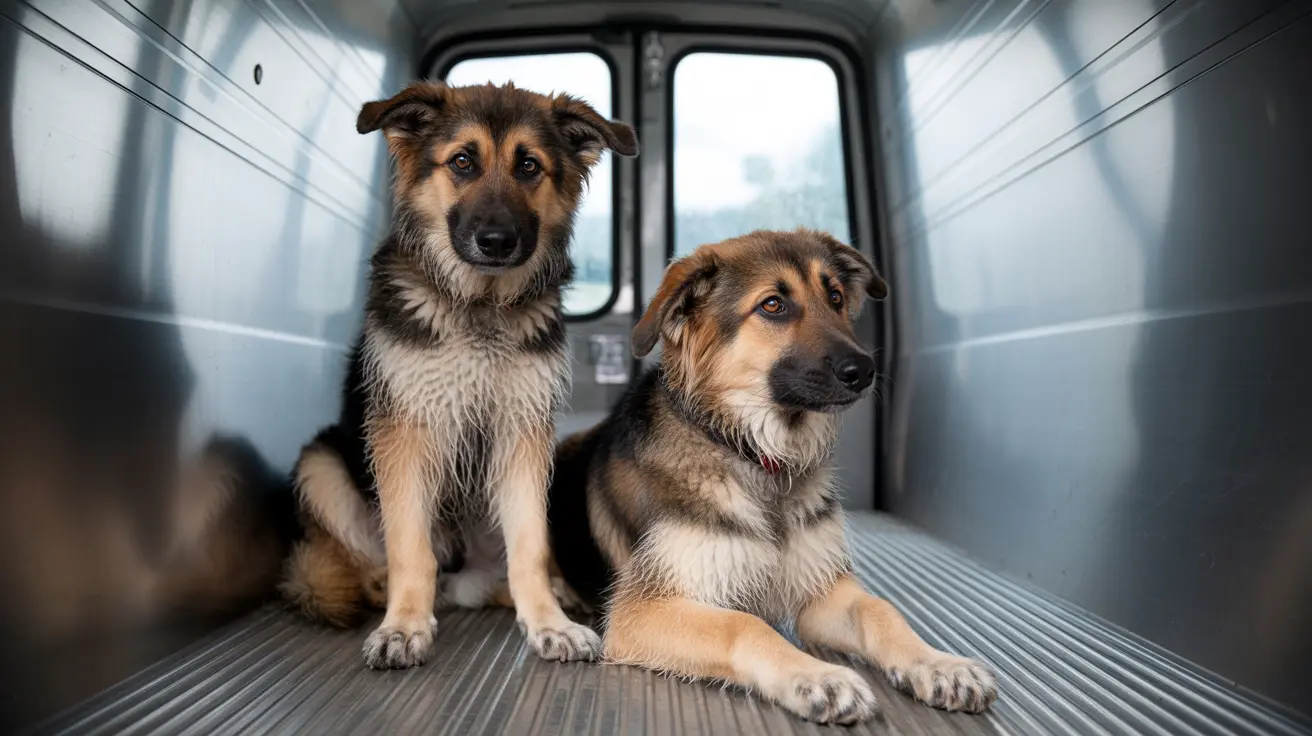A recent case in Preston has highlighted the ongoing confusion between German Shepherds and wolves, as animals initially described as "wolf-type" were officially identified by a veterinarian as "a German Shepherd type dog." This incident underscores the importance of proper breed identification and the remarkable similarities between these domestic dogs and their wild ancestors.
Preston Council's official statement confirms that what appeared to be wolf-like animals were actually Alsatian dogs, demonstrating how easily even experienced observers can mistake German Shepherds for wolves. This confusion is not uncommon, given the breed's strong wolf ancestry and distinctive physical characteristics that closely resemble those of wild wolves.
Understanding German Shepherd Wolf Ancestry
German Shepherds, also known as Alsatians, share significant genetic heritage with wolves, which explains why they're often mistaken for their wild counterparts. The breed was developed in Germany in 1899, with early breeding programs specifically selecting for wolf-like traits including intelligence, loyalty, and physical prowess.
This strong genetic connection means German Shepherds retain many wolf-like features that can confuse untrained observers. Their erect ears, long muzzles, and powerful build create a silhouette remarkably similar to wolves, especially from a distance or in poor lighting conditions.
Key Differences Between Wolves and German Shepherds
While German Shepherds and wolves share ancestry, several crucial differences help distinguish between the two species:
Physical Traits
German Shepherds typically have broader heads with shorter muzzles compared to wolves. Their ears are proportionally larger and more triangular, while wolves have smaller, more rounded ears. Additionally, German Shepherds come in various color patterns including black and tan, solid black, or sable, whereas wolves are generally gray, black, or white.
Behavioral Characteristics
German Shepherd behavior differs significantly from wolf behavior. Domestic German Shepherds are bred for trainability and human companionship, displaying loyalty and obedience that wolves do not possess. Wolves are naturally wary of humans and exhibit pack behaviors that are largely absent in domestic dogs.
The Importance of Professional Breed Identification
The Preston incident demonstrates why professional veterinary identification is crucial when dealing with suspected wolf encounters. Veterinarians are trained to recognize subtle differences in bone structure, dental patterns, and other anatomical features that distinguish domestic dogs from wolves or wolf hybrids.
Accurate identification protects both animals and communities. Misidentified German Shepherds might face unnecessary restrictions or removal, while actual wolves or wolfdogs require specialized handling and housing that differs from standard dog care.
Wolfdog Identification and Legality Concerns
Wolf hybrids or wolfdogs present additional identification challenges, as they combine traits from both species. These animals often display unpredictable behaviors and may require special permits or be prohibited entirely in many jurisdictions.
Understanding wolfdog legality is essential for pet owners, as regulations vary significantly by location. Many states and municipalities restrict or ban wolfdog ownership due to public safety concerns and the animals' specialized care requirements.
Wolf-Like Dog Breeds Beyond German Shepherds
Several other wolf-like dog breeds can cause similar identification confusion, including Siberian Huskies, Alaskan Malamutes, and Czechoslovakian Wolfdogs. Each breed has distinct characteristics, but their wolf-like appearance can trigger similar misidentification scenarios.
Pet owners of these breeds should be prepared to provide proper documentation and understand that their dogs might be mistaken for wolves in certain situations.
Frequently Asked Questions
How can I tell the difference between a German Shepherd (Alsatian) and a wolf or wolfdog?
Key differences include head shape (German Shepherds have broader heads and shorter muzzles), ear size (proportionally larger in German Shepherds), and behavior (German Shepherds are more social with humans and trainable). Professional veterinary examination can provide definitive identification through anatomical assessment.
Are German Shepherds descended from wolves and do they still share wolf behaviors?
Yes, German Shepherds share wolf ancestry, but centuries of selective breeding have modified their behavior significantly. While they retain some instinctual behaviors like pack awareness and territorial tendencies, they lack the fear-based responses and hunting instincts typical of wolves.
Is it legal and safe to own a wolfdog compared to a purebred German Shepherd?
Wolfdog ownership faces significant legal restrictions in many areas, with some states prohibiting them entirely. German Shepherds are legal everywhere and generally safer as family pets due to their predictable temperament and extensive domestication. Wolfdogs require specialized care and may exhibit unpredictable behaviors unsuitable for typical households.
Conclusion
The Preston Council's identification of suspected wolves as German Shepherd-type dogs serves as an important reminder of the ongoing confusion between these species. Understanding the differences between German Shepherds and wolves helps protect both animals and communities while ensuring appropriate care and legal compliance.
Pet owners should always seek professional veterinary identification when breed questions arise and stay informed about local regulations regarding wolf-like breeds. This knowledge helps create safer communities while preserving the special bond between humans and their canine companions.






